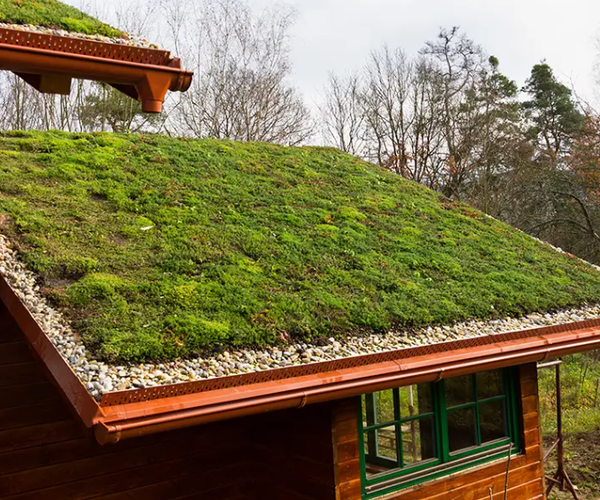You may not think of Manteca as part of the Delta but it is in the eyes of the California Legislature.
The Comprehensive Water Package adopted by lawmakers in 2009 included the establishment of the Delta Stewardship Council (DSC).
It has appellate authority over land use in both Delta land designation zones — primary and secondary. That means the non-elected stewardship council could have the final say on any development issue that could have an impact on the Delta.
The San Joaquin River serves as the eastern boundary for the Delta’s primary zones.
All of Lathrop and most of Manteca, Stockton and Tracy are in the secondary zone.
That is why the four cities banded together back in 2020 with other local jurisdictions around the Delta to aggressively lobby against the implementation of any California Coastal Commission or Tahoe Regional Planning Agency style land use controls by the stewardship council.
San Joaquin County urban and rural residents have the biggest stake in whatever happens in the Delta.
Issues range from whether building a conveyance to have cleaner Sacramento River water bypass the 1,000 miles of waterways so it can reach the California Aqueduct near Tracy for its journey to Southern California water districts or the imposition of rules on how the Delta can be altered.
There are five primary counties that comprise the Delta — San Joaquin, Contra Costa, Yolo, Solano, and Sacramento-plus a small sliver of Alameda.
The following are statistics gleaned by the University of Pacific Business Forecasting Center for the San Joaquin Regional Council of Governments regarding the Delta:
• 43.2 percent or about two-fifths of 318,800 of the 734,400 acres in the Delta are within San Joaquin County.
• Just fewer than 30 percent of the state project levees and more than 70 percent of the non-project levees are in San Joaquin County.
• Almost 80 percent of the 150,000 residents within the Delta’s secondary zone are in San Joaquin County including Manteca and Lathrop.
• A third of the residents in the primary zone or 2,921 people live in San Joaquin County.
• More than half of the 423,727 acres farmed in the Delta are within San Joaquin County.
• Over a third of San Joaquin County’s total ag production of $3.2 billion takes place on farms in the Delta zones.
• Thirty percent of the contiguous waterways within the Delta are in San Joaquin County.
• Between 20 and 30 percent of various recreation endeavors in the Delta such as marinas, camping facilities, fuel docks, boat dealers, launch ramps, and boat slips are in San Joaquin County.
It is against that backdrop that local leaders have historically been leery of the stewardship council and skeptical of promises that it won’t turn into a carbon copy of the California Coastal Commission or Tahoe Regional Planning Authority and usurp local planning control in the communities within the secondary zone including Manteca, Lathrop, Tracy, and Stockton.
Those fears have created a rare consensus among leaders, local government administrators, and private sector movers and shakers throughout San Joaquin County.
The commission is a freestanding, independent state government agency being given powers rivaling the California Coastal Commission and the Tahoe Regional Planning Agency.
It has a vast array of powers in what happens not just in the primary Delta zone but the secondary zone as well.
The commission also has jurisdiction in what happens on the tributaries such as the Stanislaus River that flow into the Delta.
Cities such as Stockton, Lathrop, and Manteca already must comply with the dictates from the Environmental Protection Agency, the Department of Water Resources, the Department of Fish & Game, the provisions of the California Environmental Quality Act, and a host of other existing state agencies whenever they are considering a development related project.
To contact Dennis Wyatt, email dwyatt@mantecabulletin.com






